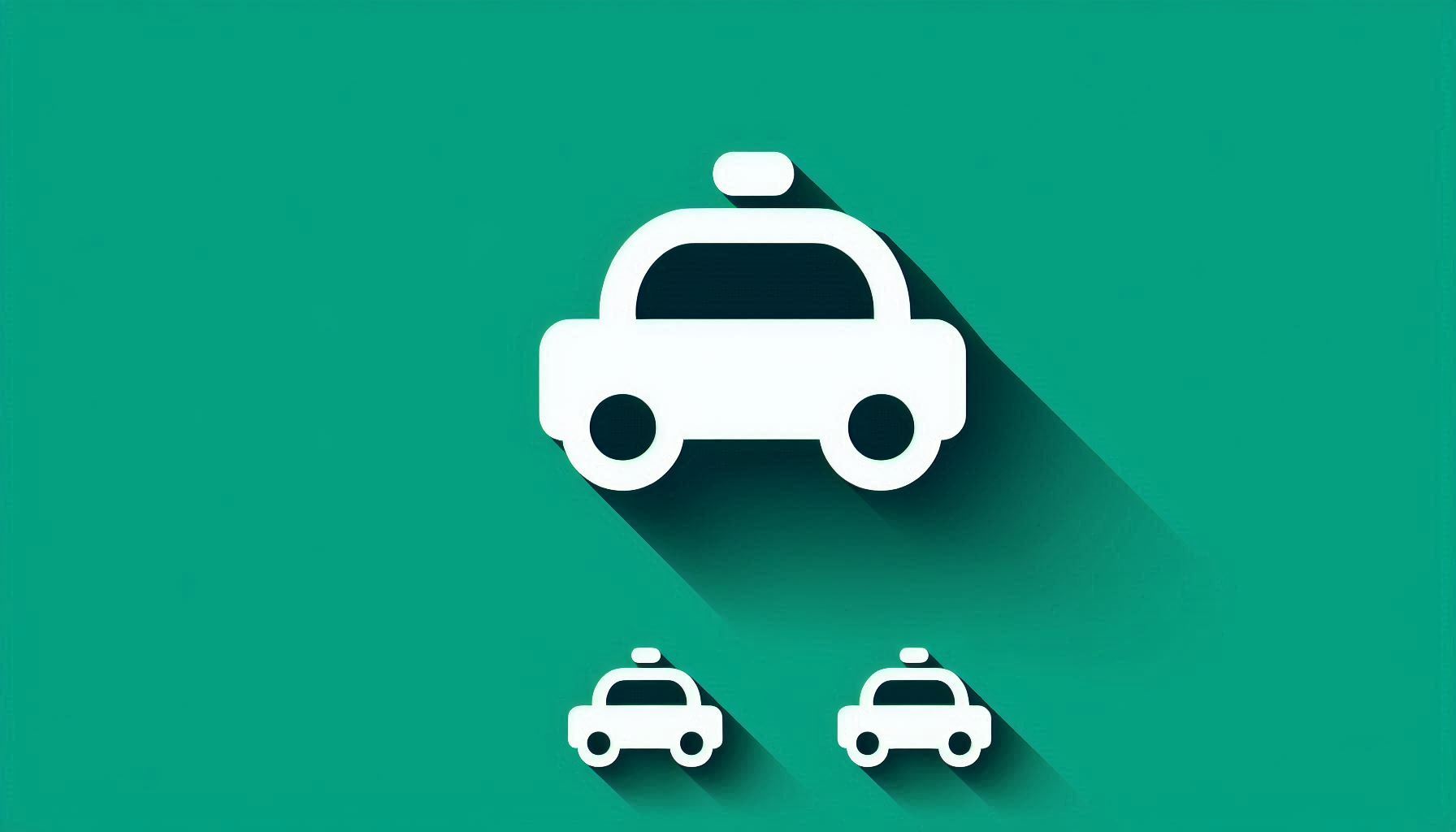The Performance of Connected and Autonomous Vehicles with Trajectory Planning in a Fixed Signal Controlled Intersection

Downloads
Connected and autonomous vehicles (CAVs) are recognised as a technology trend in the transportation engineering arena. As one of the most popular capabilities of CAVs, trajectory planning attracts extensive attention and interest from both academia and the industry. Segmented trajectory planning is gaining popularity for its simplicity and robustness in computation and deployment. Constructive recommendations and guidelines can be provided by exploring the effects of segmented trajectories in different settings of CAVs and intersections. This research proposes a control strategy for segmented trajectory planning in a fixed signal timing environment. To test the effects of this control strategy, this research designs simplified fixed signalised intersection scenarios and implements segmented trajectory planning features of CAVs with different traffic demand scenarios, distances and speed limits. The results show that the proposed control strategy has stable superior performances in different traffic scenarios especially when the traffic volume is near capacity.
Downloads
Zhou F, Li X, Ma J. Parsimonious shooting heuristic for trajectory design of connected automated traffic part I: Theoretical analysis with generalized time geography. Transportation Research Part B: Methodological. 2017;95:394-420. DOI: 10.1016/j.trb.2016.05.007.
Ma J, et al. Parsimonious shooting heuristic for trajectory design of connected automated traffic part II: Computational issues and optimization. Transportation Research Part B: Methodological. 2017;95:421-441. DOI: 10.1016/j.trb.2016.06.010.
Ma C, Yu C, Yang X. Trajectory planning for connected and automated vehicles at isolated signalized intersections under mixed traffic environment. Transportation Research Part C: Emerging Technologies. 2021;130:103309. DOI: 10.1016/j.trc.2021.103309.
Lee J, Park B. Development and evaluation of a cooperative vehicle intersection control algorithm under the connected vehicles environment. IEEE Transactions on Intelligent Transportation Systems. 2012;13(1):81-90. DOI: 10.1109/TITS.2011.2178836.
He X, Liu HX, Liu X. Optimal vehicle speed trajectory on a signalized arterial with consideration of queue. Transportation Research Part C: Emerging Technologies. 2015;61:106-120. DOI: 10.1016/j.trc.2015.11.001.
Li Z, Elefteriadou L, Ranka S. Signal control optimization for automated vehicles at isolated signalized intersections. Transportation Research Part C: Emerging Technologies. 2014;49:1-18. DOI: 10.1016/j.trc.2014.10.001.
Guo Y, et al. Joint optimization of vehicle trajectories and intersection controllers with connected automated vehicles: Combined dynamic programming and shooting heuristic approach. Transportation Research Part C: Emerging Technologies. 2019;98:54-72. DOI: 10.1016/j.trc.2018.11.010.
Feng Y, Yu C, Liu HX. Spatiotemporal intersection control in a connected and automated vehicle environment. Transportation Research Part C: Emerging Technologies. 2018;89:364-383. DOI: 10.1016/j.trc.2018.02.001.
Yu C, et al. Corridor level cooperative trajectory optimization with connected and automated vehicles. Transportation Research Part C: Emerging Technologies. 2019;105:405-421. DOI: 10.1016/j.trc.2019.06.002.
Ding C, et al. Collaborative control of traffic signal and variable guiding lane for isolated intersection under connected and automated vehicle environment. Computer‐Aided Civil and Infrastructure Engineering. 2022;37(15):2052-2069. DOI: 10.1111/MICE.12780.
Pourmehrab M, Elefteriadou L, Ranka S, Martin-Gasulla M. Optimizing signalized intersections performance under conventional and automated vehicles traffic. IEEE Transactions on Intelligent Transportation Systems. 2020;21(7):2864-2873. DOI: 10.1109/TITS.2019.2921025.
Liu S, Fan W. Investigating the operational performance of connected and autonomous vehicles on signalized superstreets. Transportation Planning and Technology. 2021;44(6):594-607. DOI: 10.1080/03081060.2021.1943130.
Liu S, Fan W. A simulation study on the traffic delay and fuel consumption of connected and autonomous vehicles in superstreet with platooning, signal optimization, and trajectory planning. Transportation Planning and Technology. 2023;46:1:119-144. DOI: 10.1080/03081060.2022.2160453.
Liu S, Fan W. Platooning-based trajectory planning of connected and autonomous vehicles at superstreets. Transportation Planning and Technology. 2022;45(3):251-267. DOI: 10.1080/03081060.2022.2093874.
Liu S, Fan W. Evaluating the performance of connected and automated vehicles in fixed signal-controlled conventional intersections and superstreets with platooning-based trajectory planning. Journal of Advanced Transportation. 2022. Article ID 6093217. DOI: 10.1155/2022/6093217.
Do W, Rouhani, OM, Miranda-Moreno L. Simulation-based connected and automated vehicle models on highway sections: A literature review. Journal of Advanced Transportation. 2019. Article ID 9343705. DOI: 10.1155/2019/9343705.
Krajzewicz D, et al. Second generation of pollutant emission models for SUMO. In: Behrisch M, Weber M. (eds) Modeling mobility with open data. Lecture notes in mobility. Springer, Cham; 2015. DOI: 10.1007/978-3-319-15024-6_12.
Emmelmann M, Bochow B, Kellum CC. Vehicular networking: Automotive applications and beyond. Vol. 1. Chichester, UK: John Wiley & Sons. 2010; p. 68. DOI: 10.1109/MCOMSTD.2017.7992932.
Yang G, Wang Z, Xu H, Tian Z. Feasibility of using a constant acceleration rate for freeway entrance ramp acceleration lane length design. Journal of Transportation Engineering, Part A: Systems. 2018;144(3):06017001. DOI: 10.1061/JTEPBS.0000122.
Copyright (c) 2024 Shaojie Liu, Wei Fan, Shuaiyang Jiao, Aizeng Li

This work is licensed under a Creative Commons Attribution-NonCommercial 4.0 International License.




















